
Can a mobile game bridge the gap between conservation reality and entertainment? With the help of augmented reality primates and a bold technological approach to storytelling, Internet of Elephants' newest creation Wildeverse aims to do just that!
While much of what we consider "conservation tech" involves specialized gear or software that enhance scientific research or provide direct solutions in the field for urgent issues like human-wildlife conflict and climate change, the technology used to share the narratives of conservation are accessible to everyone, from the general public to tech experts. For as long as people have been working to protect the natural world, people have been finding ways to share those stories as widely as possible and make people care, whether it's accomplished through mass-printed magazines, photography, websites, social media, or, most recently, mobile apps. By weaving compelling conservation storytelling and real wildlife data into a mobile game, Internet of Elephants uses technology to address a very old and very human problem: how can people feel truly connected with conservation efforts that are happening a world away? Mobile apps, then, are a technological tool we can utilize to ignite interest, empathy, and engagement.
Mobile apps, then, are a technological tool we can utilize to ignite interest, empathy, and engagement.
Originally imagined in its infancy as a Pokemon Go-style game which would allow players to find and collect different species using their phone, Wildeverse took a different direction when Internet of Elephants partnered with the Borneo Nature Foundation and the Goualougo Triangle Ape Project. Building on a primate-focused theme, the Wildeverse was opened up to new possibilities for storytelling. Although the animals in the game are brought to life for us through augmented reality, they're not merely phone-based figments of the imagination: they're all real animals, extensively studied and observed by real field researchers.
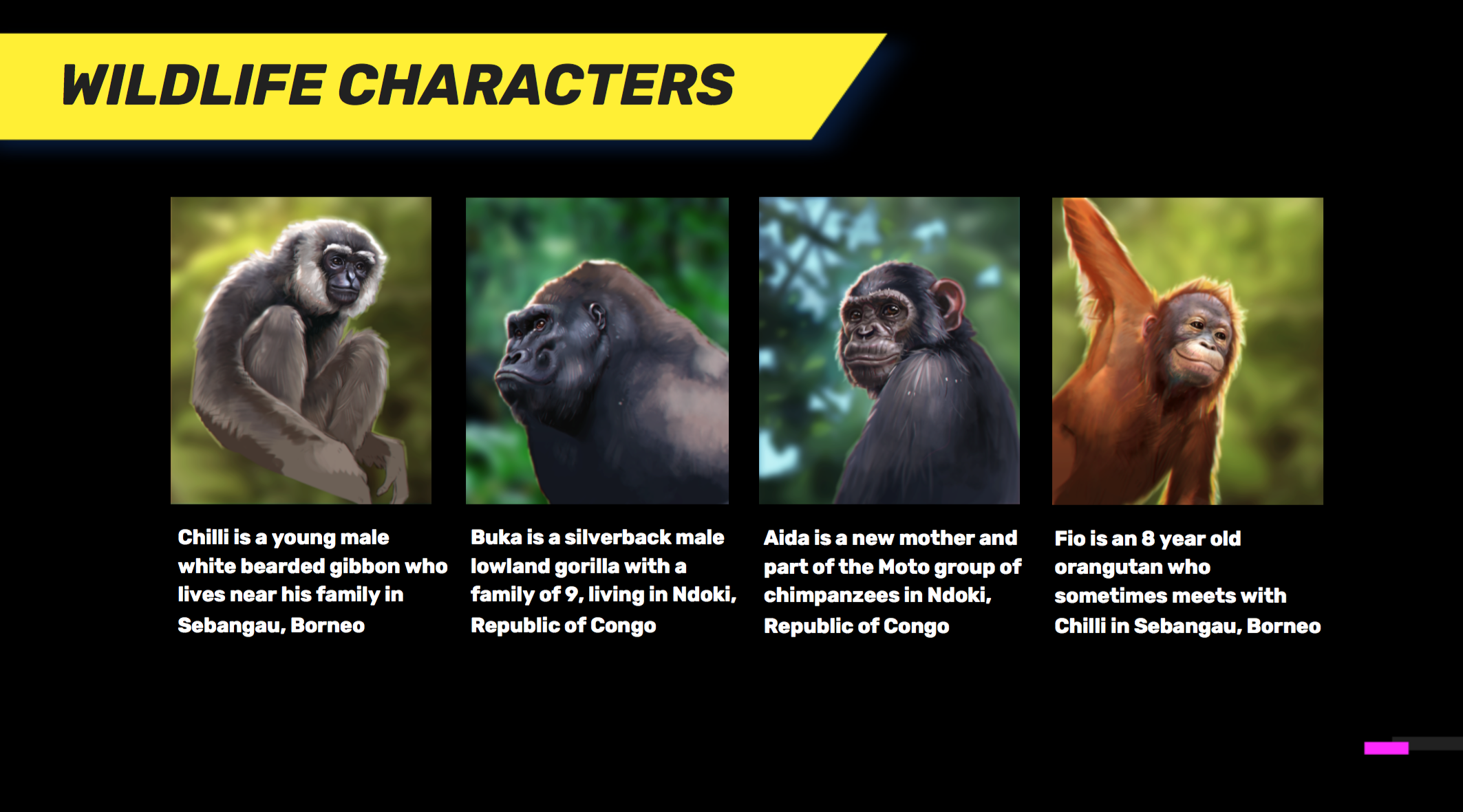
Here, primate researcher Eka, who befriends and expertly guides players through their fieldwork in Wildeverse, and who works with the Borneo Nature Foundation in the forests in reality, discusses the excitement of becoming a video game character and the importance of spreading conservation awareness through the power of storytelling. While meeting with Eka and the other featured researchers, Wildeverse's new primate-intensive theme allowed the team to dig deeply into the details of one existing conservation community and focus on perfecting an authentic narrative.
By shifting focus from simply finding wildlife to the actual challenges of studying and understanding individual animals long-term, Gautam and his team had the opportunity to create a uniquely immersive experience that goes far deeper than surface-level learning. When you enter the Wildeverse, you inhabit the role of a field researcher, communicating in a chat simulator with digital versions of the people who know and study these specific primates, and collecting accurate data and field notes through AR-based challenges that gradually build your own understanding of these animals' behaviors, environments, and conservation challenges.
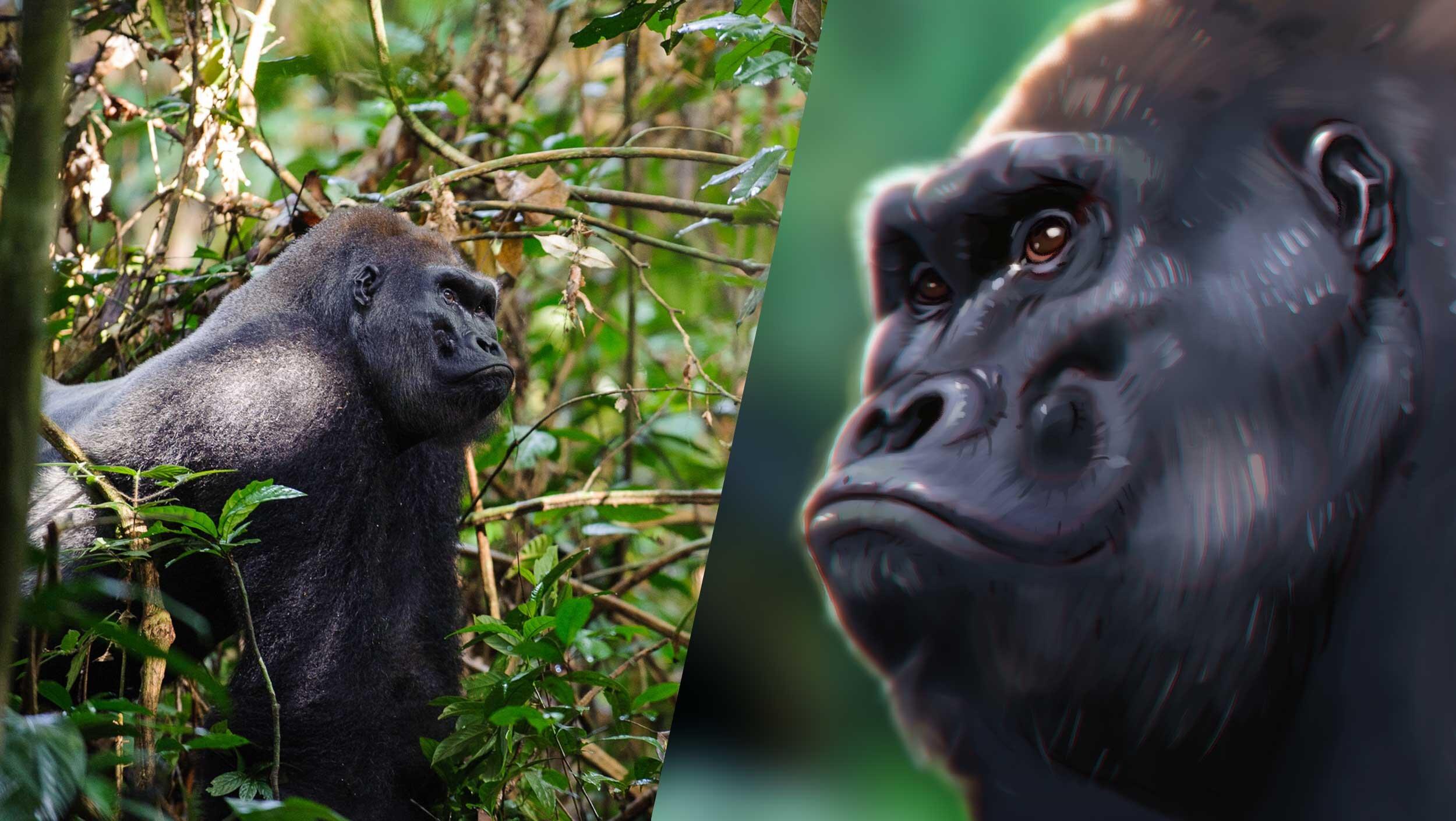
This immersion is accomplished through a clever layering of fictional technology over real technology. When it came to designing the AR environment, the limitations of current AR software inspired Wildeverse's most creative plotline. "If we made it a realistic rainforest, it would have to be completely realistic to be believable," Gautam explains. "The trees and environment would have to fit into your own world seamlessly, or else the glitches and inaccuracies would be distracting. It would take you out of the story."
His logic makes a lot of sense: part of the thrill of AR is seeing just how advanced the virtual recreations are, but the farther you push them towards realism, the more the seams become apparent. There's a big difference between being impressed by a digital orangutan appearing in your living room, and being faced with an entire photo-realistic rainforest hovering incongruently above your furniture, clipping through walls and glitching as you move around. Side-stepping these technological limitations led to what may be Wildeverse's most genius immersive technique: making conservation technology part of the storyline itself.
The game designers created a signature blue forest design that suggests the jungle environment instead of replicating it. The in-game explanation is that players are participating in field research virtually through a new innovation that lets your phone tap into the environment in real-time. This fictional concept feels a bit like an early prototype of the technology in the film Avatar, allowing your in-game self to interact with the jungle without physically being there. The goal is not to create a Star Trek-style Holodeck experience, indistinguishable from our world, but to give the impression that you're doing real science from the comfort of your personal device, an advanced form of citizen science. (In a sense, that's not far from the truth, since you are essentially walking through genuine research scenarios alongside genuine researchers.) Your imagination easily bridges the rest of that gap with the help of Wildeverse's factual field journals and the like, making the connection to the environment that does exist out there in the wild.

And because the game's plotline emphasizes that this fictional technology is quite new and being tested for its research potential, the existence of any glitches and imperfections within the design aren't a bug anymore; they're a feature of that immersive experience. "Now if Fio the orangutan is hanging in mid-air or from your ceiling fan, that's part of the technology. That becomes part of the narrative." Gautam's team may not be able to bring you to the jungle just yet, but they've certainly found the best way to bring the jungle's inhabitants to you.
"Now if Fio the orangutan is hanging in mid-air or from your ceiling fan, that's part of the technology."Gautam Shah
In addition to making the game itself feel more realistic by removing some of the need for suspension of disbelief, it also offers an interesting insight into the ways our tech tools are tested and used in current fieldwork. Even the greatest, most mind-blowing innovations, those with potential for completely shifting the standards of conservation work, don't start out as perfect. There will always be a learning curve, a period of trial and error, and the opportunity to improve. The average player of Wildeverse may not consciously notice this layer of depth within the game, but those in the conservation tech community will certainly appreciate the parallels!
In our next Wildeverse feature, Gautam will give us a behind-the-scenes look at how this cutting-edge mobile world of AR apes was designed. But first, we'd like to showcase the extensive prep that went into building this world from the ground up.

By traveling to the jungles of Congo and Borneo themselves to learn what it's really like to study and protect primates from the perspective of those on the frontlines of conservation, the Wildeverse team was able to mine their storytelling capabilities and craft a compelling narrative rich with detail and educational value. Gautam shared several trip photos with us, and provided a glimpse into the team's extensive Borneo research journals, which show just how much consideration and attention to detail was put into capturing data and making something that feels authentic to conservationists and gamers alike.


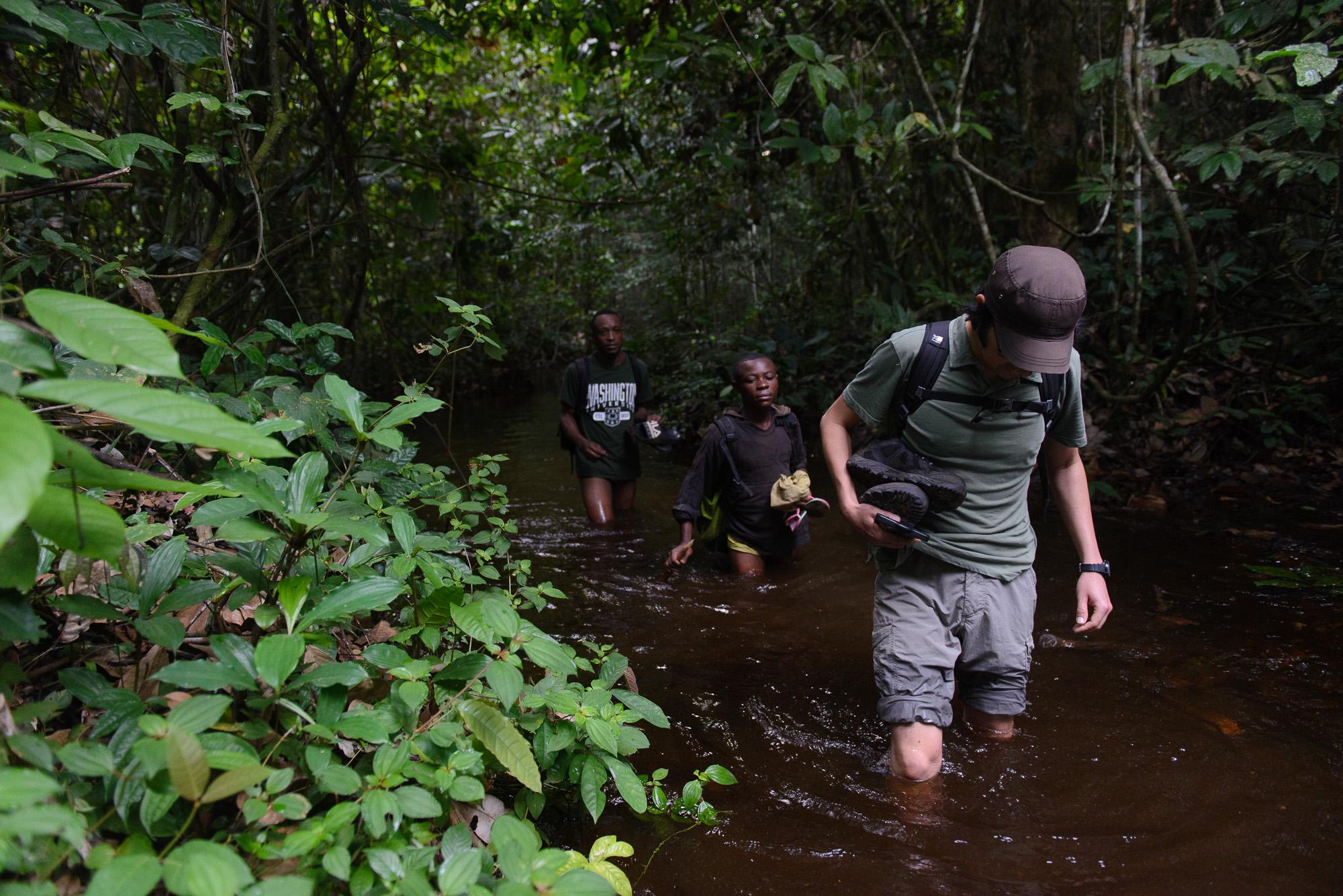



Take a moment to scroll through the biographies of the cast of characters contained within the Wildeverse, all inspired by those met during Gautam and co's research trips. In these profiles, you'll also see examples of one of the creative ways the game communicates both facts and plot to players via the chat simulator and dialogue from the researchers.
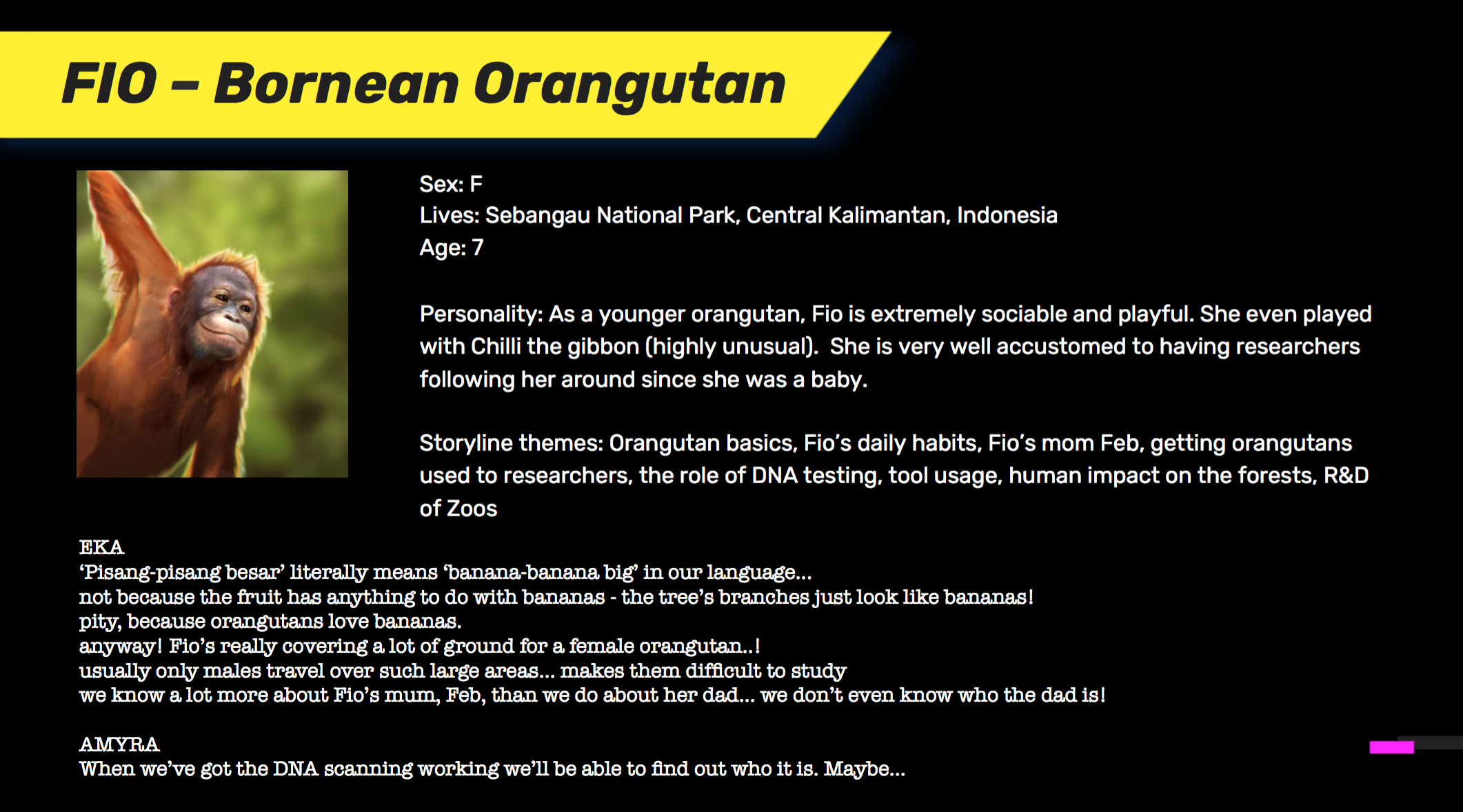
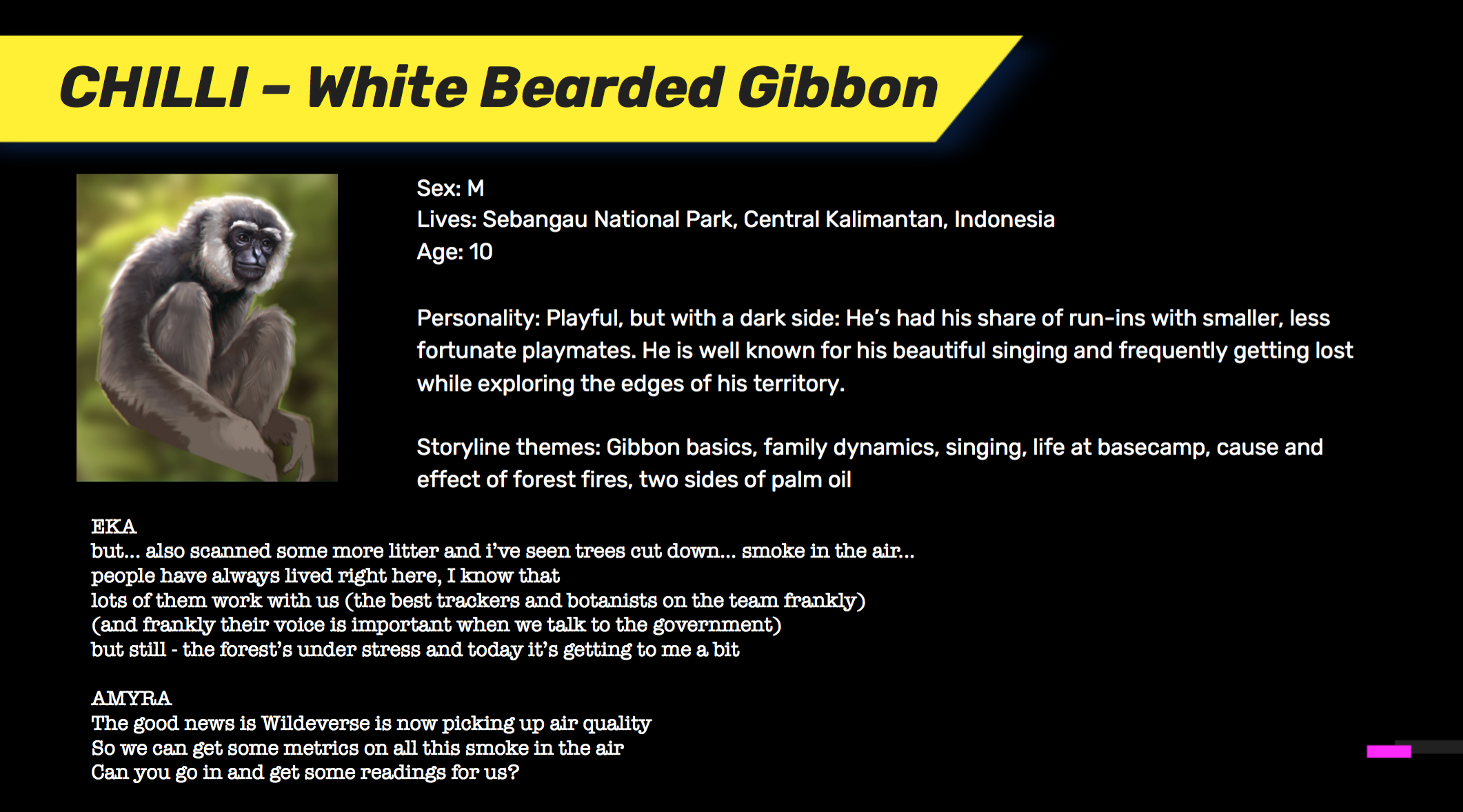

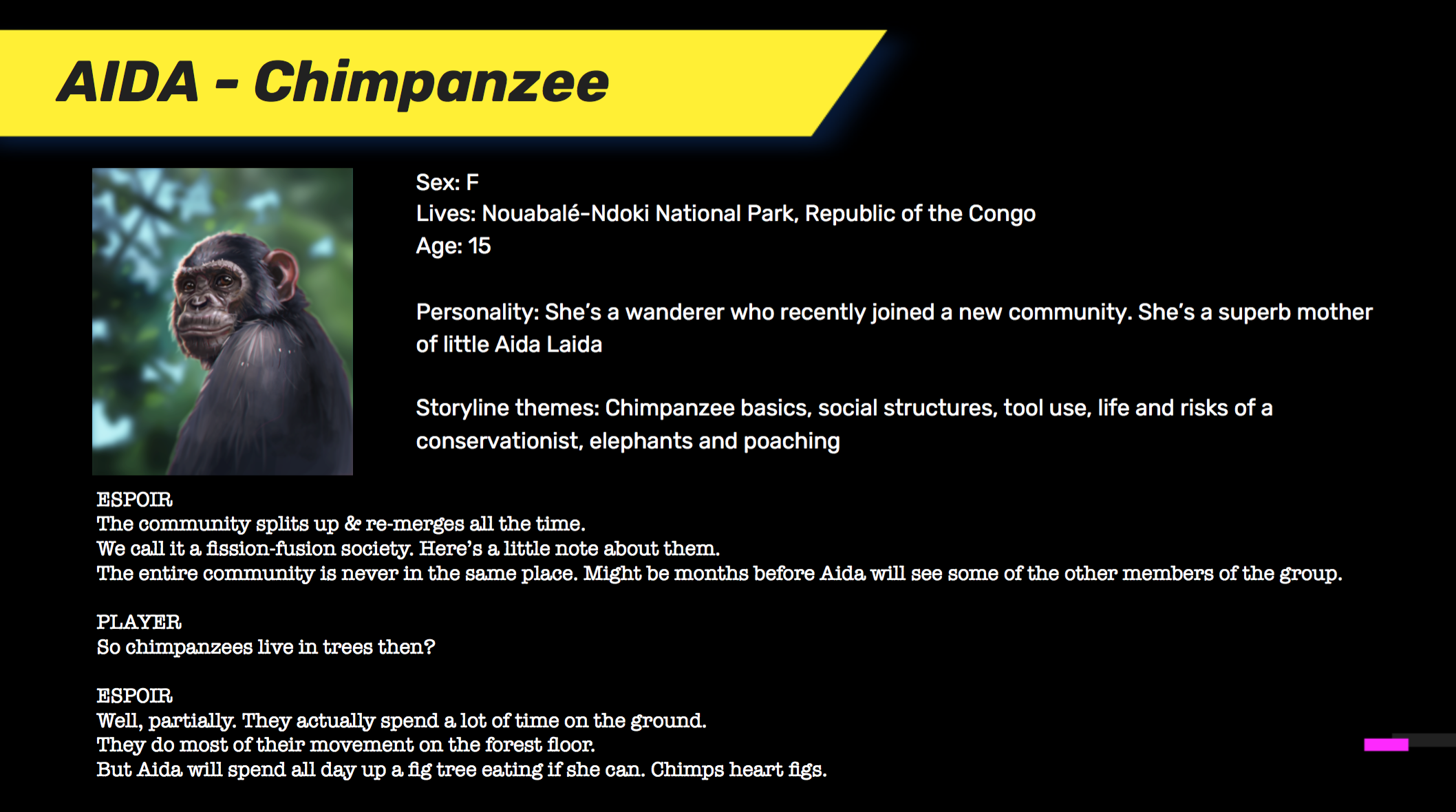

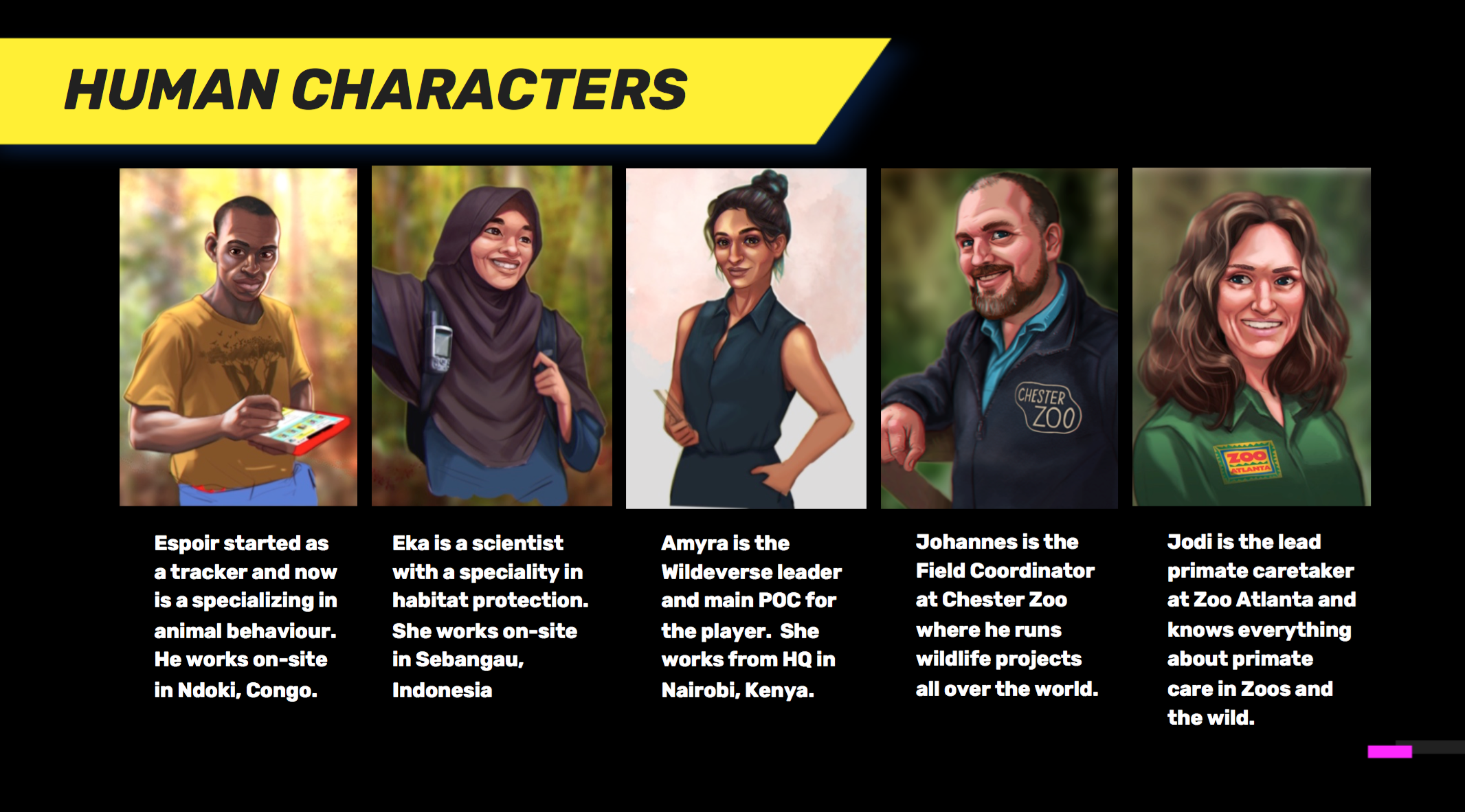

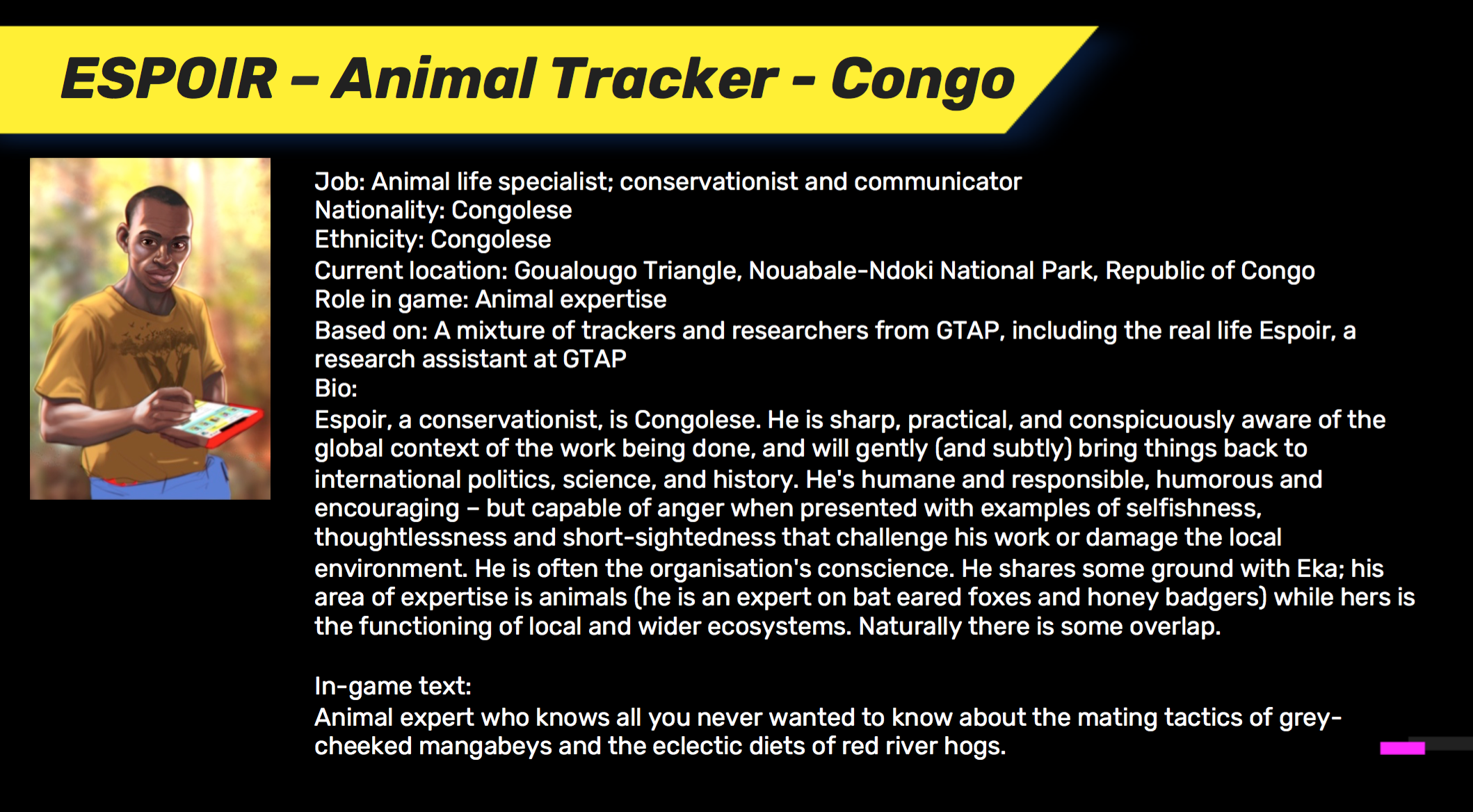


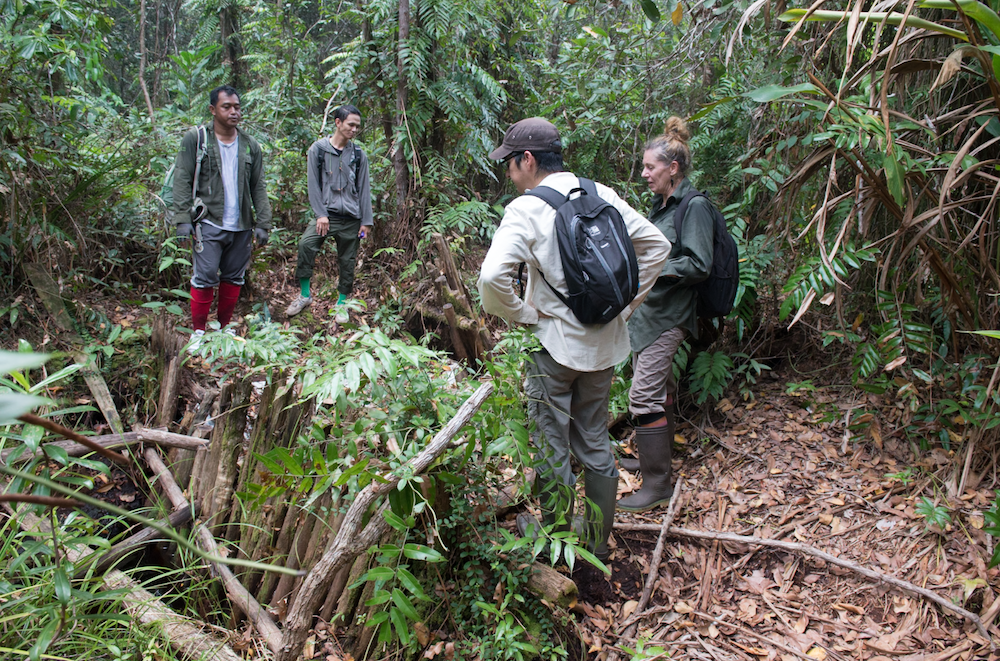

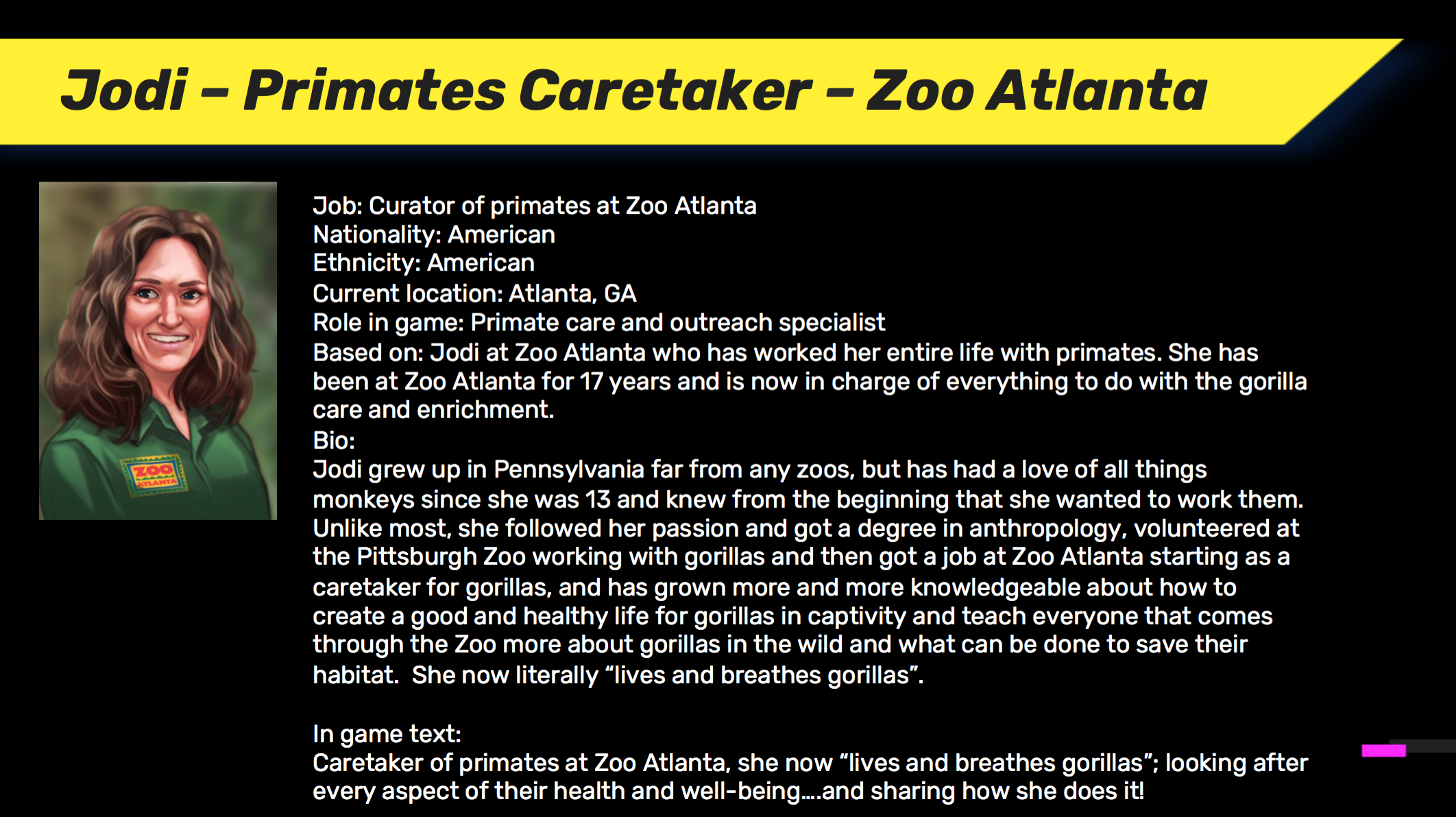
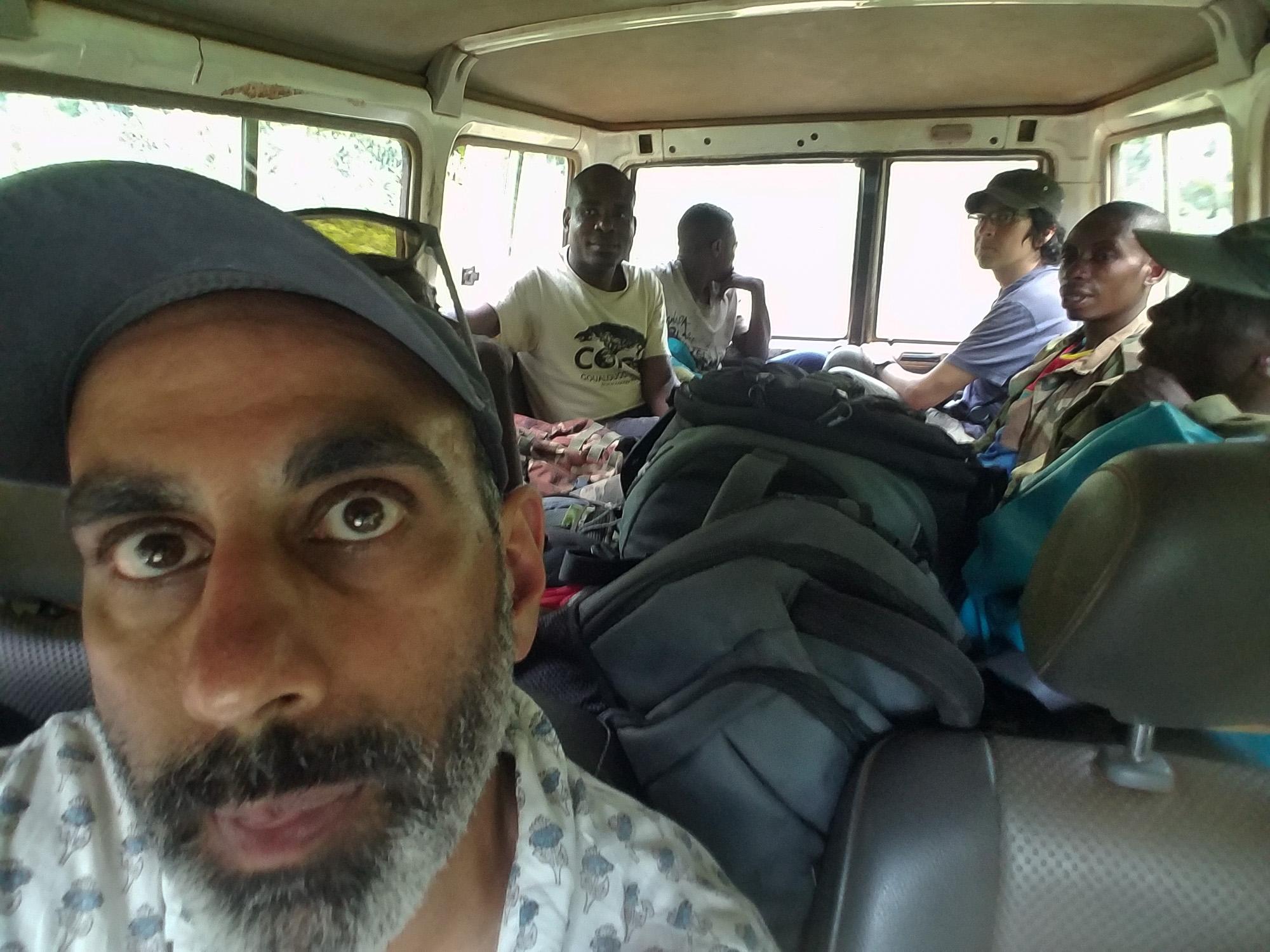
So what's the future gameplan for Internet of Elephants? Gautam hopes that this same storytelling model can be applied to many other environments, like the oceans and mountains, and used to highlight other conservation communities and the challenges they face. He also considers how another Wildeverse game could further expand on that layered technological theme, perhaps by incorporating a virtual version of current technologies to build a brand-new experience.
What type of technology might we see in Wildeverse next time around? It depends what species the next game expansion would bring into augmented reality. "If you're looking for snow leopards, for example, maybe there's a way to incorporate drones in the story, maybe you're using technology to find them in the mountains and engaging through that." The next steps toward an expanded Wildeverse universe depend on funding and interest, and Gautam is hopeful that, for players, new and engaging experiences will be on the way soon.
Join us next time to get an insider perspective on creating an augmented reality mobile app. In the meantime, visit Internet of Elephants online to download the app and #EntertheWildeverse.

Add the first post in this thread.